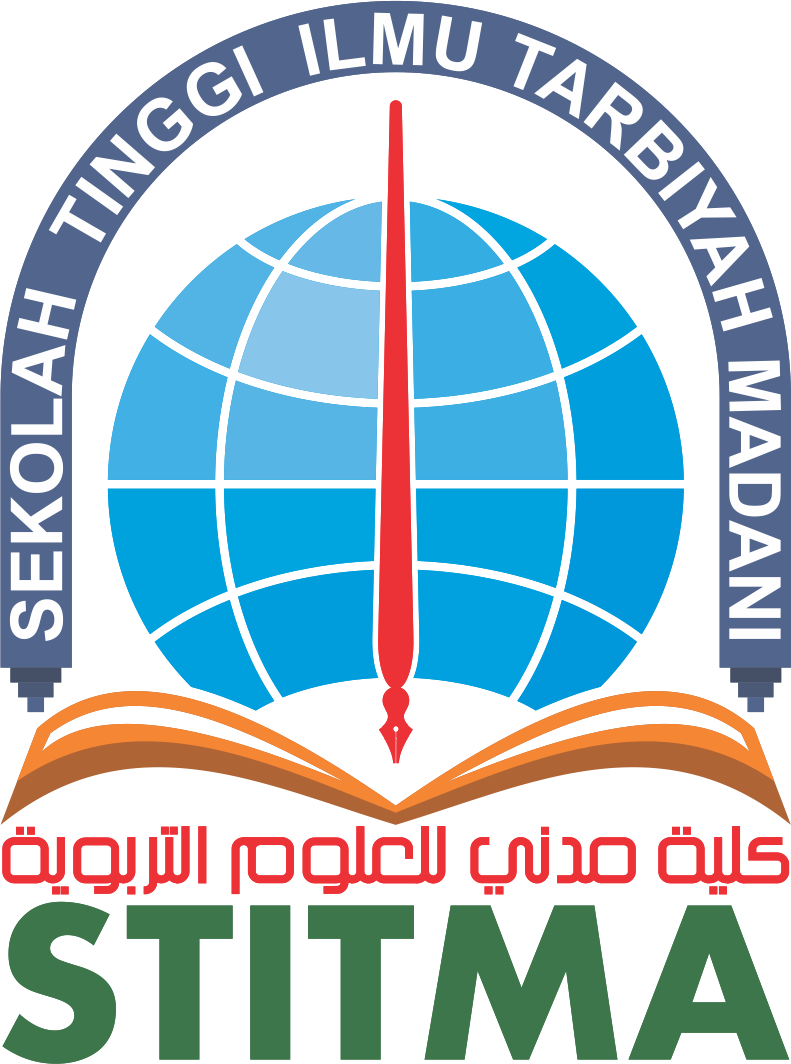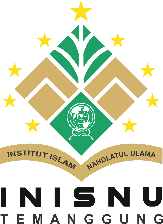The Role of Visual Media in the Mastery of Arabic Vocabulary (Mufradat) for Grade VII Students of Salafiyah Wustho Islamic Centre Bin Baz Yogyakarta
DOI:
https://doi.org/10.59944/postaxial.v3i2.440Keywords:
Mufrodat Learning, Picture Media, Arabic LanguageAbstract
This research is based on initial observations showing that Grade VII students at Salafiyah Wustho Islamic Center Bin Baz Yogyakarta have more outstanding academic achievements compared to other classes. The purpose of this study is to understand the role of image media in mastering Arabic vocabulary (mufrodat) in Grade VII A, as well as to identify the factors of success and obstacles in learning the vocabulary. The research uses a qualitative approach with data collection methods such as observation, interviews, and documentation, with data analysis conducted qualitatively. Data validation is carried out through triangulation of sources and methods. The results of the study show that the use of image media in Arabic language learning, especially for mufrodat, has significant advantages and benefits. Image media contributes positively to visual understanding, memory retention, learning interest, and communication skills in Arabic. However, there are challenges in its use, especially in illustrating abstract or complex vocabulary. Therefore, selecting and adjusting images appropriately to the students' level of understanding is crucial to maximize the benefits of image media in learning. These findings emphasize the importance of integrating image media into language learning methods, particularly in Islamic educational environments such as Islamic boarding schools.
References
Alseweed, M., & Abdulwahab, M. (2018). The role of visual aids in teaching vocabulary to EFL students. Journal of Language Teaching and Research, 9(5), 1122-1130.
Anderson, L. W., & Krathwohl, D. R. (2001). A taxonomy for learning, teaching, and assessing: A revision of Bloom's taxonomy of educational objectives. Longman.
Arsyad, A. (2013). Media pembelajaran. Jakarta: Rajawali Pers.
Clark, R. C., & Mayer, R. E. (2011). e-Learning and the science of instruction: Proven guidelines for consumers and designers of multimedia learning (3rd ed.). Wiley.
Creswell, J. W. (2014). Research design: Qualitative, quantitative, and mixed methods approaches (4th ed.). SAGE Publications.
Fitrianto, I. (2024). Critical Reasoning Skills: Designing an Education Curriculum Relevant to Social and Economic Needs. International Journal of Post Axial: Futuristic Teaching and Learning, 245-258.
Fitrianto, I. (2024). Innovation and Technology in Arabic Language Learning in Indonesia: Trends and Implications. International Journal of Post Axial: Futuristic Teaching and Learning, 134-150.
Fitrianto, I. (2024). Strategi Guru Pai Dalam Mengatasi Kesulitan Belajar Pada Mata Pelajaran Hadis Kelas 8 MTS Ibadurrahman Subaim. IJER: Indonesian Journal of Educational Research, 356-363.
Fitrianto, I., & Abdillah, F. M. (2018). MODEL PEMBELAJARAN PROGAM PEMANTAPAN BAHASA ARAB DAN SHAHSIAH (KEMBARA) KE 4 MAHASISWA KOLEJ UNIVERSITI ISLAM ANTAR BANGSA SELANGOR (KUIS) TAHUN 2018. University of Darussalam Gontor 15-16 September 2018, 121.
Fitrianto, I., & Hamid, R. (2024). Morphosemantic Changes in the Arabic Language in the Social Media Era: A Study of Neologisms and Their Impact on Youth Communication/التغيرات المورفوسيمانتية في اللغة العربية في عصر وسائل التواصل الاجتماعي: دراسة حول النيو لوغيزم وتأثيرها على تواصل الشباب. IJAS: International Journal of Arabic Studies, 1(1 September), 25-39.
Fitrianto, I., & Saif, A. (2024). The role of virtual reality in enhancing Experiential Learning: a comparative study of traditional and immersive learning environments. International Journal of Post Axial: Futuristic Teaching and Learning, 97-110.
Fitrianto, I., Hamid, R., & Mulalic, A. (2023). The effectiveness of the learning strategy" think, talk, write" and snowball for improving learning achievement in lessons insya'at Islamic Boarding School Arisalah. International Journal of Post Axial: Futuristic Teaching and Learning, 13-22.
Fitrianto, I., Setyawan, C. E., & Saleh, M. (2024). Utilizing Artificial Intelligence for Personalized Arabic Language Learning Plans. International Journal of Post Axial: Futuristic Teaching and Learning, 30-40.
Heinich, R., Molenda, M., Russell, J. D., & Smaldino, S. E. (2002). Instructional media and technologies for learning (7th ed.). Pearson Education.
Mayer, R. E. (2005). The Cambridge handbook of multimedia learning. Cambridge University Press.
Miles, M. B., Huberman, A. M., & Saldaña, J. (2014). Qualitative data analysis: A methods sourcebook (3rd ed.). SAGE Publications.
Paivio, A. (2006). Dual coding theory and education. In P. K. Smith & C. H. Williams (Eds.), Handbook of research on learning and instruction (pp. 101-112). Routledge.
Richards, J. C., & Renandya, W. A. (2002). Methodology in language teaching: An anthology of current practice. Cambridge University Press.
Sadiman, A. S., Rahardjo, R., Haryono, A., & Rahardjito. (2010). Media pendidikan: Pengertian, pengembangan dan pemanfaatannya. Jakarta: RajaGrafindo Persada.
Schmidt, R., & McEown, M. (2018). The role of visuals in second language vocabulary acquisition. Language Learning Journal, 46(3), 234-248.
Snow, C. E. (2010). Academic language and the challenge of reading for learning about science. Science, 328(5977), 450-452.
Sudjana, N. (2009). Dasar-dasar proses belajar mengajar. Bandung: Sinar Baru Algensindo.
Suyanto, S. (2011). Strategi pembelajaran bahasa Arab. Yogyakarta: Pustaka Pelajar.
Tomlinson, C. A. (2001). How to differentiate instruction in mixed-ability classrooms (2nd ed.). ASCD.
Vygotsky, L. S. (1978). Mind in society: The development of higher psychological processes. Harvard University Press.
Zainuddin, A. (2010). Pembelajaran bahasa Arab berbasis kompetensi. Jakarta: PT RajaGrafindo Persada.
Zhao, Y., & Lai, C. (2020). The role of technology in teaching and learning: New directions in education research. Springer.






